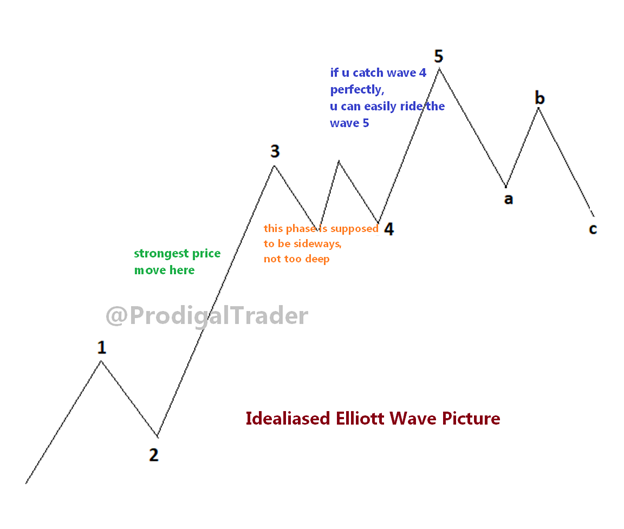
Few concepts upon which day trading systems can be built upon
1.In up trending market look for pin bar with good volume
2.Rsi divergence and macd histogram divergence both at the same time on 3 min chart
3.Open = Low (15min)
1/7
1.In up trending market look for pin bar with good volume
2.Rsi divergence and macd histogram divergence both at the same time on 3 min chart
3.Open = Low (15min)
1/7
4.ORB with 15 min candle stick along with support and resistance of previous 5 days
5.Pullbacks in Strong momentum (wide range candles + Volume) stocks
6.ORB with volatility contraction and then wide range candle breakout with volume expansion
2/7
5.Pullbacks in Strong momentum (wide range candles + Volume) stocks
6.ORB with volatility contraction and then wide range candle breakout with volume expansion
2/7
7.Fakeout like spring and Upthrust for entry pullback with low volume
8.CPR analysis with standard pivots
9.PDH/PDL breakout with volume, vwap and RSI confirmation
3/7
8.CPR analysis with standard pivots
9.PDH/PDL breakout with volume, vwap and RSI confirmation
3/7
10.Horizontal support/resistance from HTF and confirmation of acceptance or rejection in lower timeframe as reversal candlestick patterns with volume confirmation
11.Call writing data and Put Writing data in correlation with price action
4/7
11.Call writing data and Put Writing data in correlation with price action
4/7
12.Pivots (Fibonacci) and Price action with volume activity
13.Ichimoku set ups with previous day NR4/NR7 scrips with pivots and volume as trading tools
14.Support and rejections on 100/200 ema
15.EMA20 and rsi divergence with daily trend structure
5/7
13.Ichimoku set ups with previous day NR4/NR7 scrips with pivots and volume as trading tools
14.Support and rejections on 100/200 ema
15.EMA20 and rsi divergence with daily trend structure
5/7
16.Buy on Open + yesterday range/2 when ST (10, 2) is buy. Sell on Open - yesterday range/2 when ST (10, 2) is buy
6/7
6/7
All theabv points are taken from the question i raised in the following thread
All credits to the ones who commented
Use the info carefully
if one intends to create a system out of this, all proper methods to b practised which are otherwise in place
7/7
https://twitter.com/ProdigalTrader/status/1343827941650788353
All credits to the ones who commented
Use the info carefully
if one intends to create a system out of this, all proper methods to b practised which are otherwise in place
7/7
• • •
Missing some Tweet in this thread? You can try to
force a refresh



